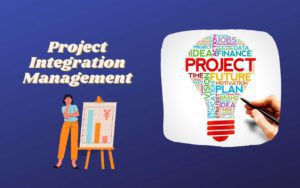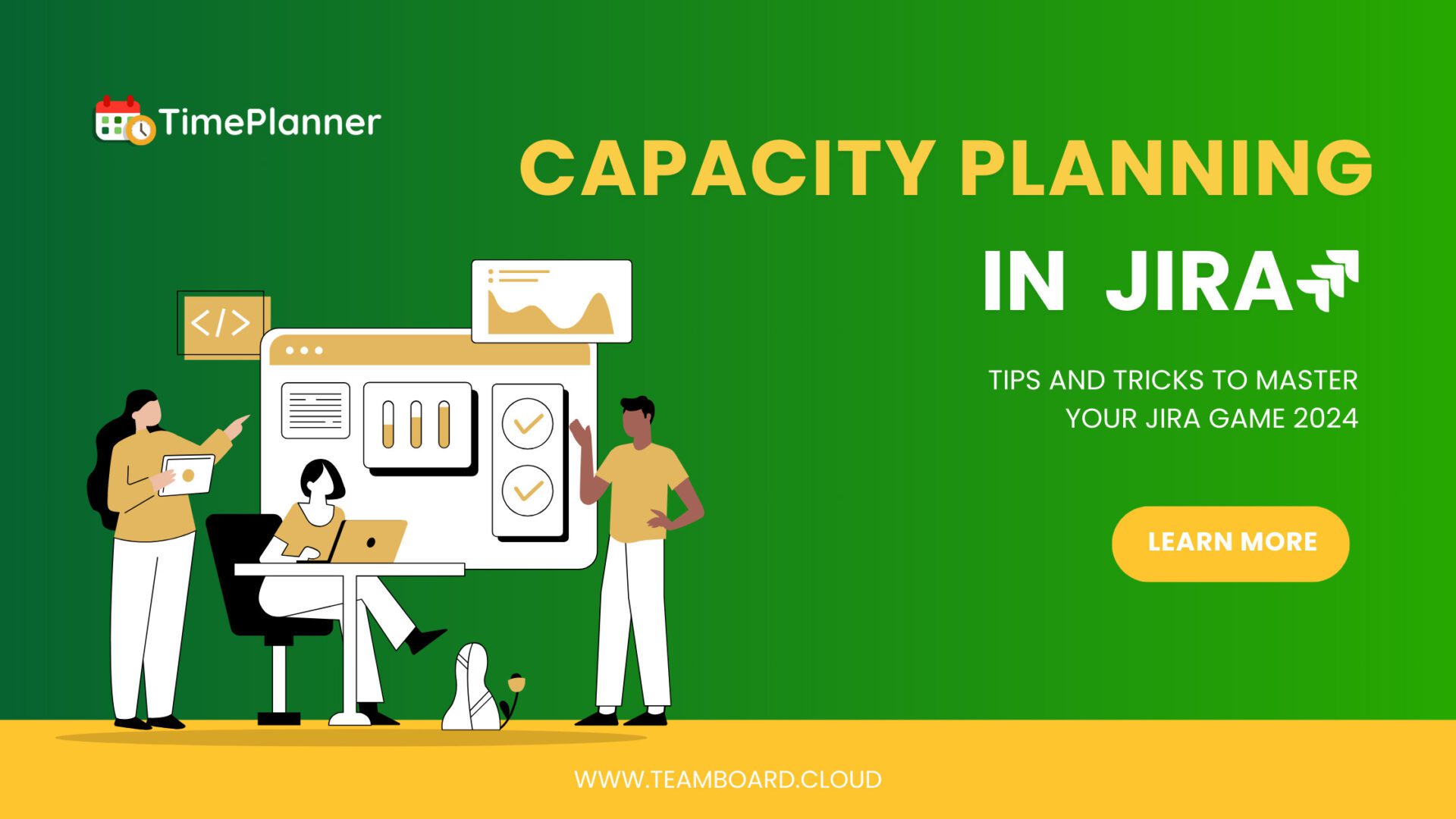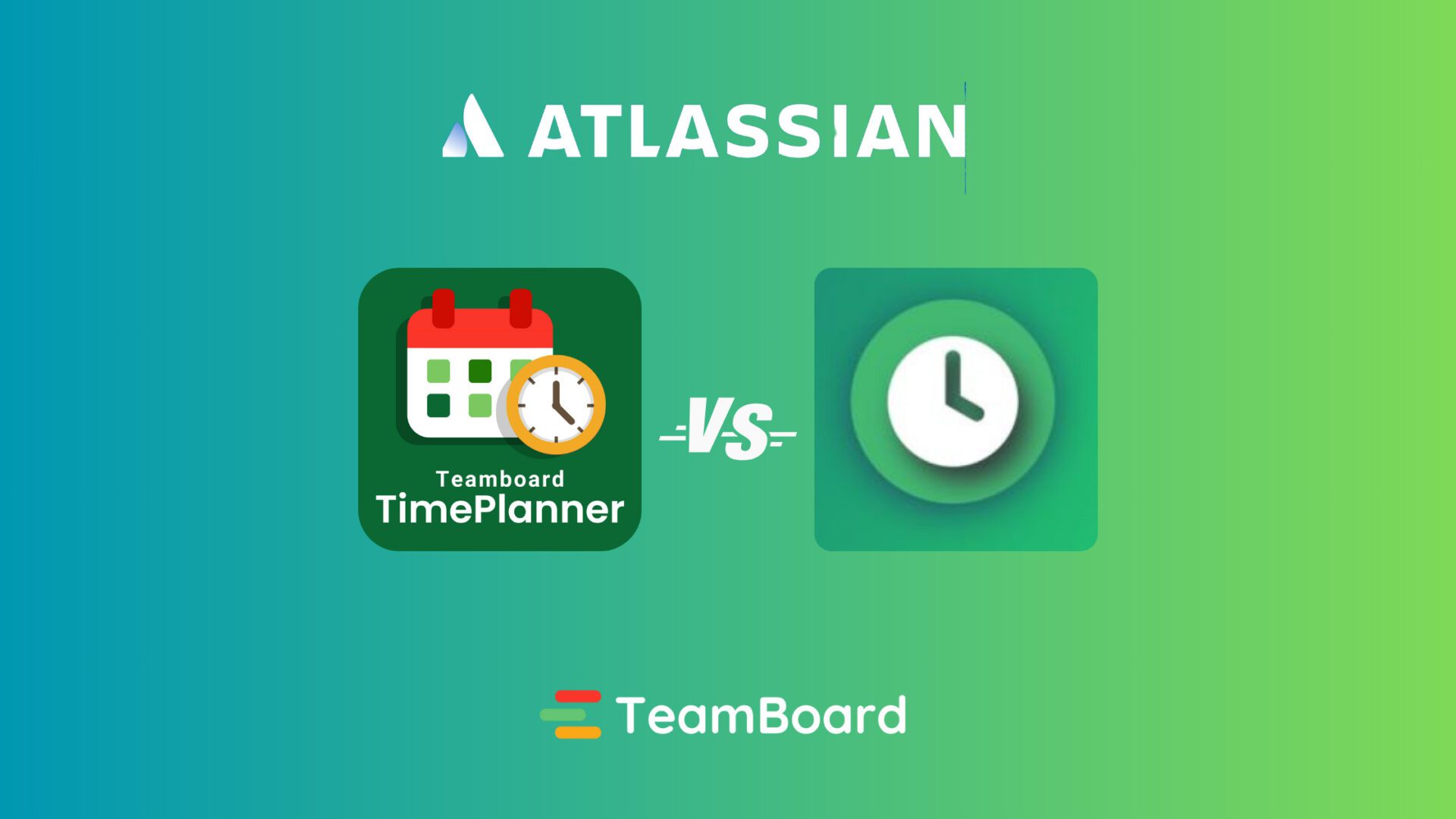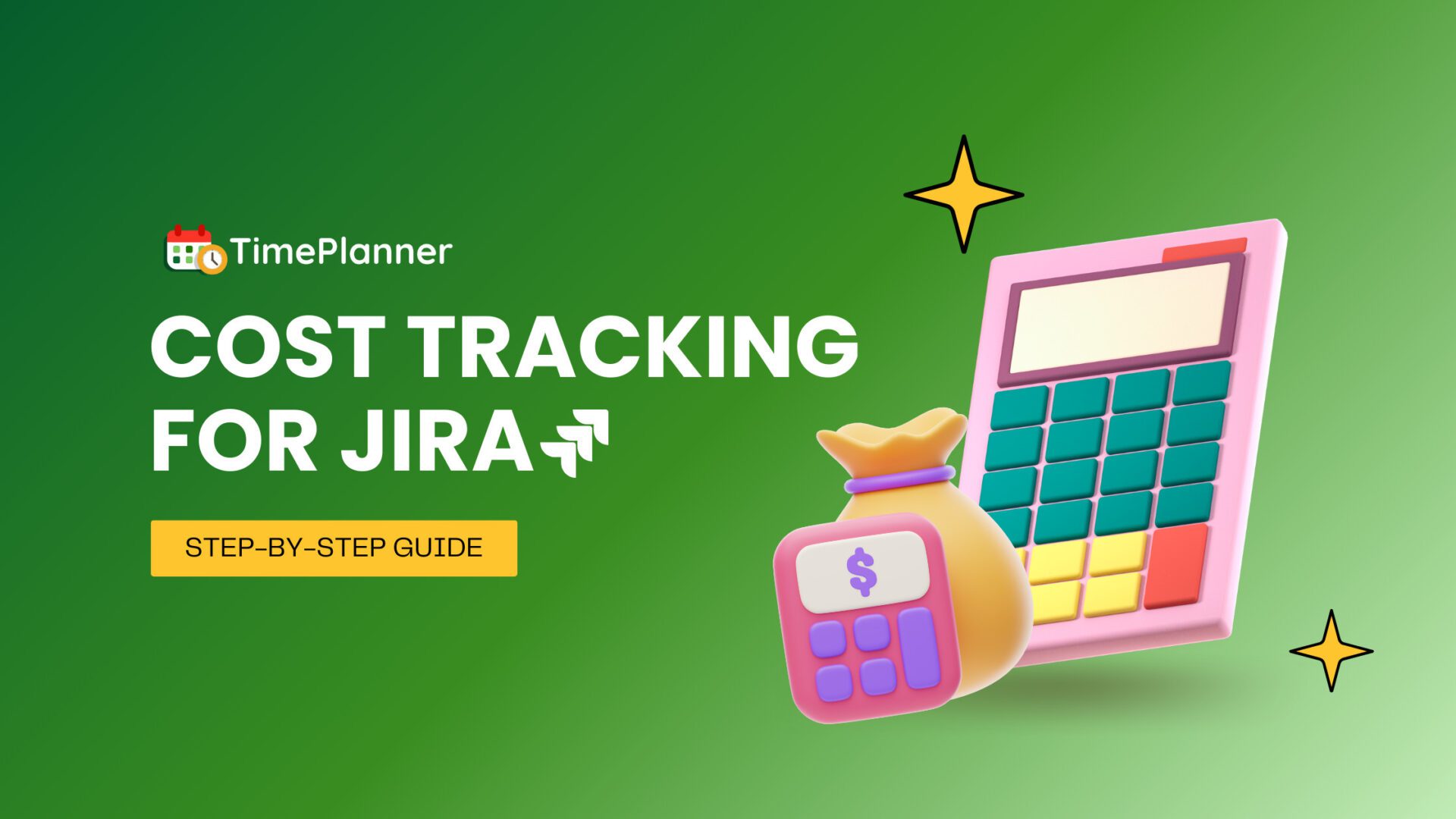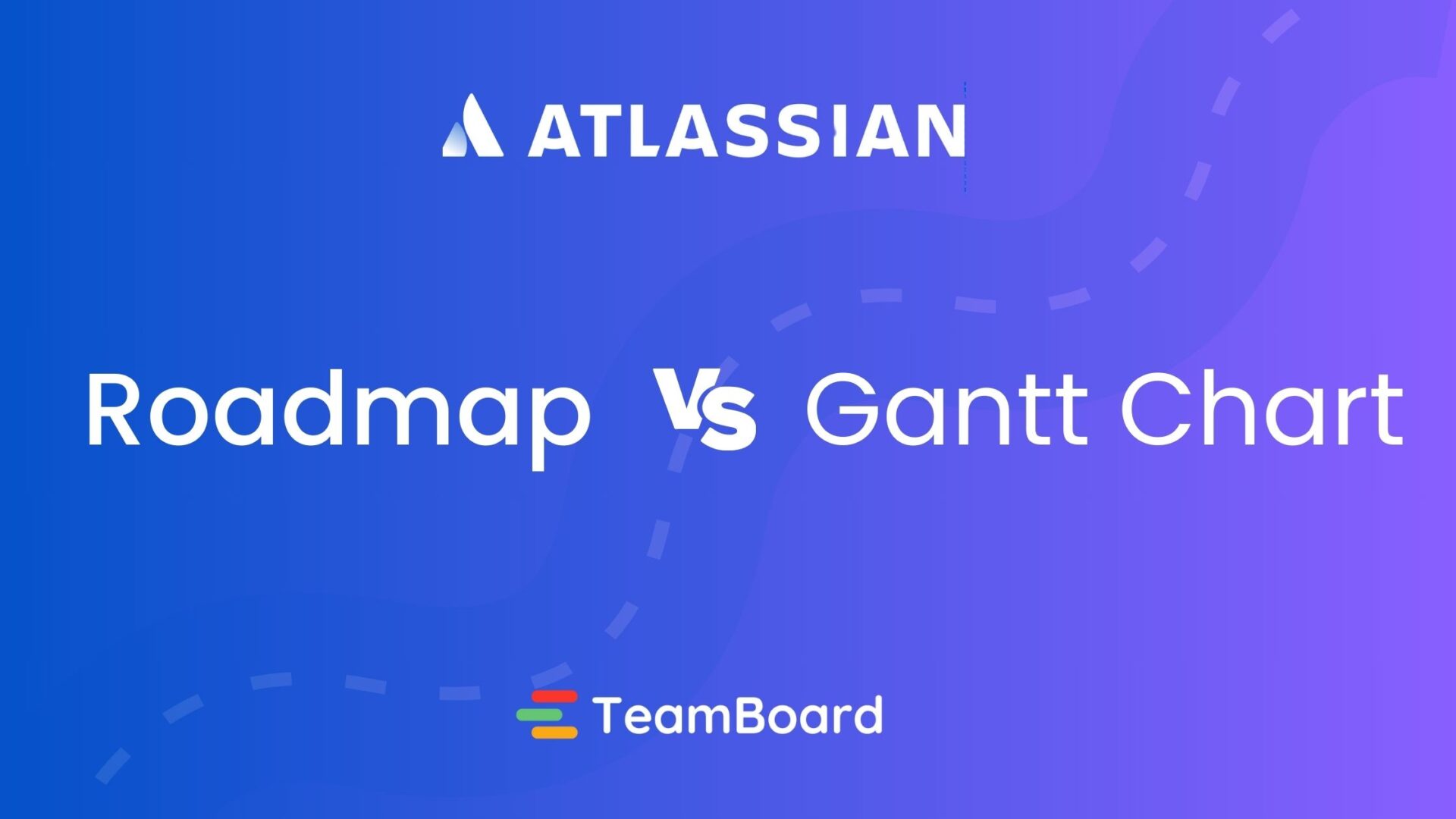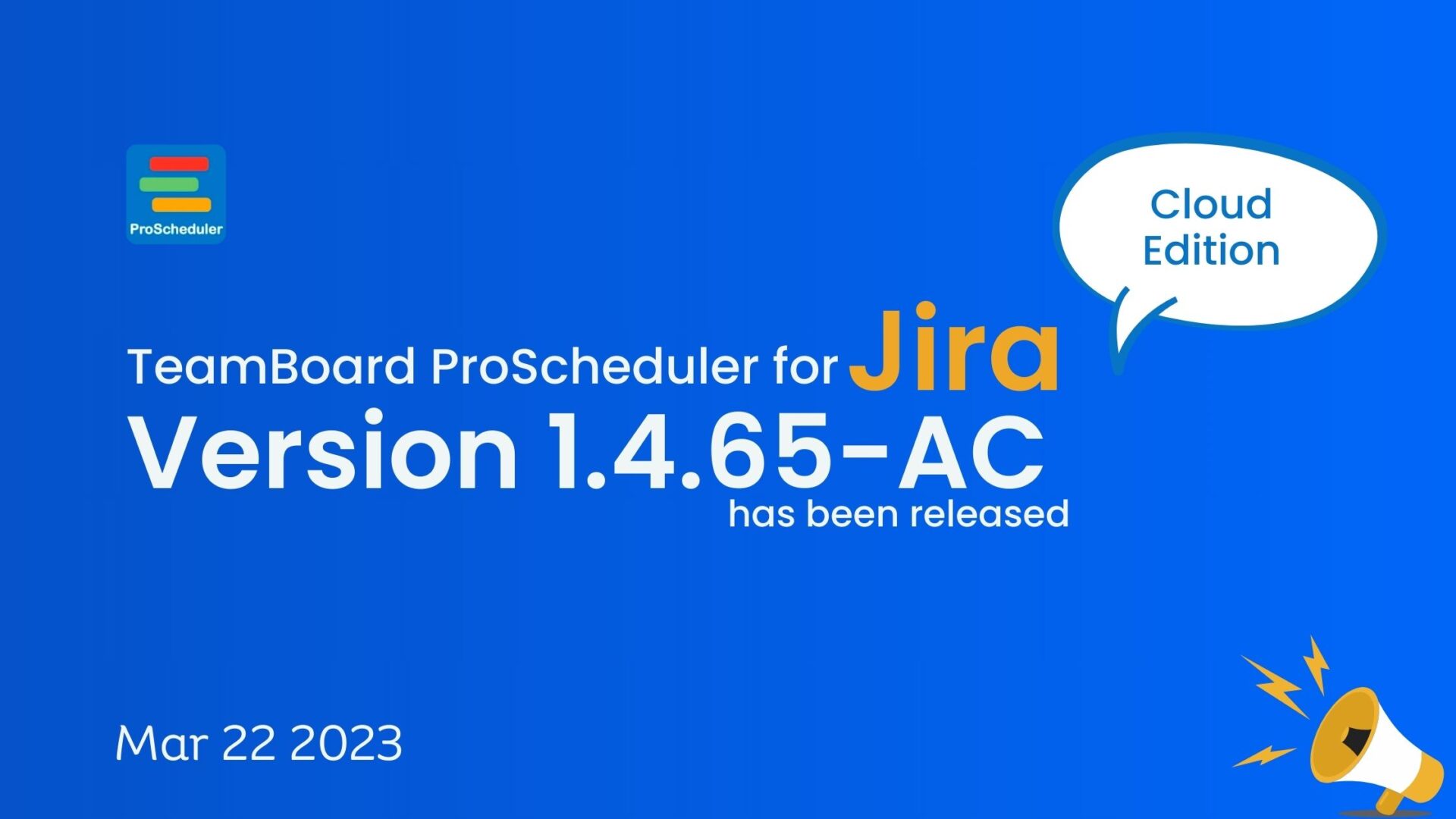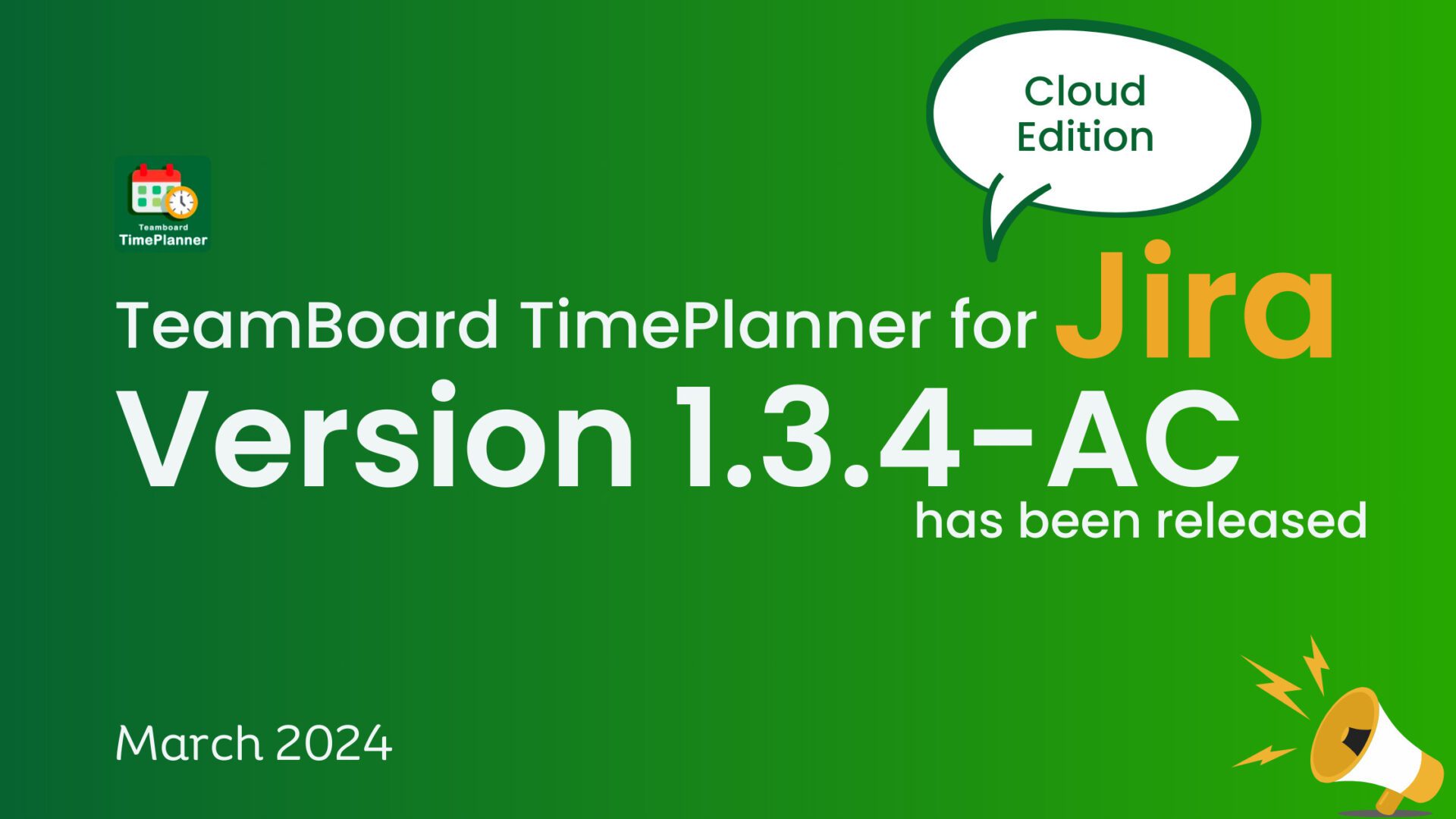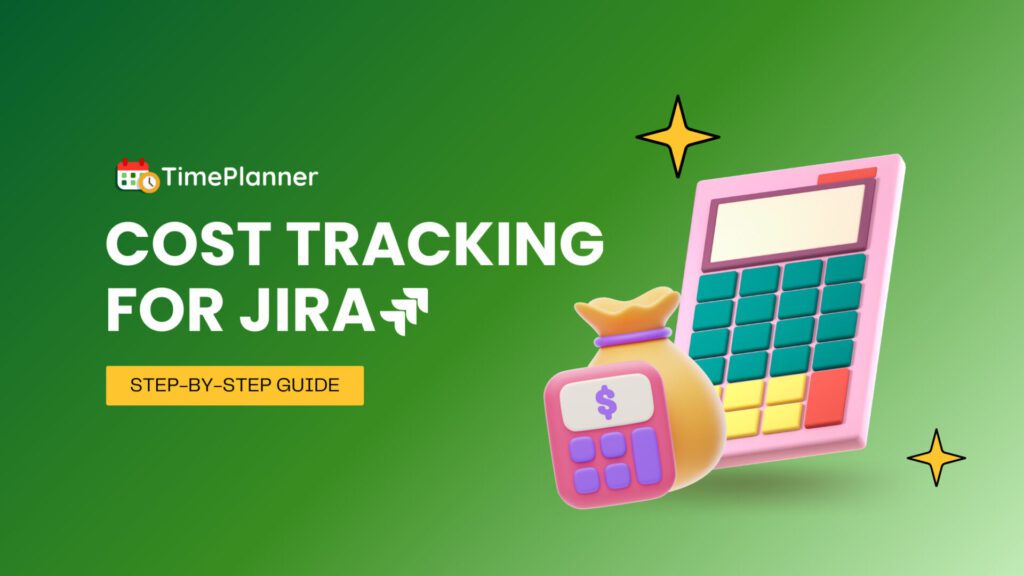Table of Contents
What are the Triple Constraints of Project Management?
In project management, you may encounter many curbs while defining the business goals. Any restriction or limitation to any project is a constraint. These project risks need to be addressed to acquire optimal success. As a project manager, you need to specify the project scope, deadline, and cost to accomplish it up to the benchmark.
So, what are the triple constraints of project management? For every project, the deadline, cost, or scope allocation is different, and any adjustment in one of them affects the other constraints. Let’s get into this.
What is a Triple Constraint of a Project?
The triple constraint project management refers to the essential components that ensure the success of a project. It is also called the project management triangle or iron triangle. As a manager, your primary responsibility is to manage the client’s expectations adequately by improvising your project’s competing demands. So, you must work within limits to execute the task objectives with the available resources.
Components of Triple Constraint
So, what are the significant components that facilitate the adequate execution of a project? There are three components of the triple constraint. These are scope, budget, and time. Let’s dive into the details.
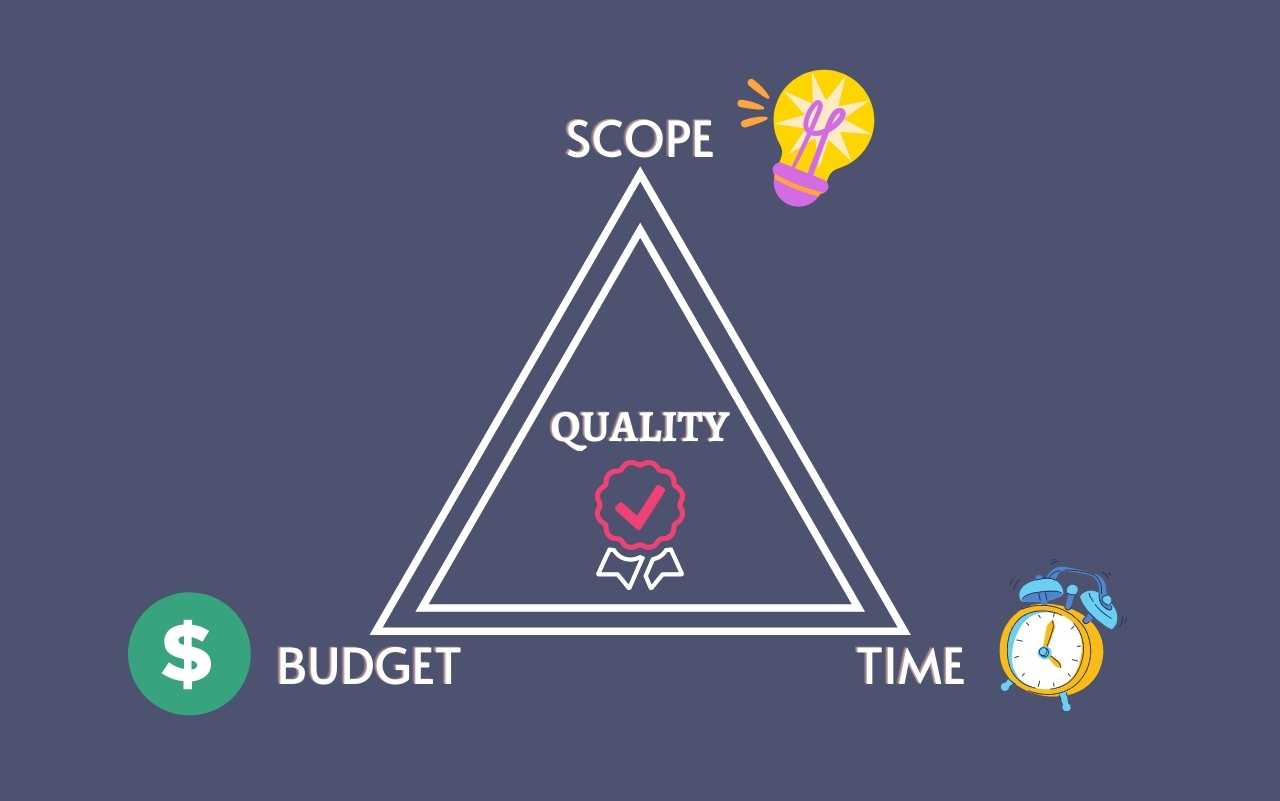
Triple Constraint Scope
The project scope involves all the objectives and requirements need to accomplish the tasks efficiently. The project manager has to specify the project scope management plan to achieve the targeted goals. Every project has different scopes, so you must improvise all the task requirements beforehand to hit the target. According to research, 37% of the project failures occur due to fluctuations in the project requirements.
So, how can you manage the project scope? For this purpose, you need to document everything to have a complete record of all the task objectives. Moreover, you should flexibly design the scope to accommodate changes according to your preference. You also need to communicate all the task requirements with the stakeholders. How can you optimize the project scope? You can utilize the Work breakdown structure WBS to break down the task objectives into multiple tasks.
Triple Constraint Budget
You need to manage the project cost and budget estimates to keep your tasks on track. A project’s budget includes the resource, equipment, labor, and material costs. So, you need to determine the overall cost requirements of the project. So, how can you improvise an adequate budget plan?
For this purpose, you can figure out the estimated expenses of each task and make a flowchart for clarity. Let’s discuss it in detail.
- Resources
The resources include the estimated financial cost of the goods and the labor. You can get a rough idea about the hourly toil and make a budget according to the cost baseline.
- Materials
If you have a manufacturing project that requires raw materials and other supply chain requirements, you need to consider the costs of these things in your budget plan.
- Equipment
You need to figure out if your project requires updated software or hardware for effective execution. In that case, you also need to add equipment costs to your budget.
Moreover, you need to optimize a compliant budget to make adjustments according to requirements. For instance, if the project does not get completed in the given timeline, then it has significant changes in the costs of the project as well. So, you need to draw a flexible financial structure to accomplish your project adequately.
Triple Constraint Time
The time constraint requires proper scheduling of the tasks. For this purpose, you need to allocate a realistic timeframe for each project task. Every task has particular objectives. If your projects suffer delays, it is impossible to achieve targeted goals. So, deadlines help you submit your tasks timely to get desired outcomes.
Moreover, a scheduled timeframe gives you a direction to accomplish your business chores. In case when you have multiple projects, these timelines assist you in prioritizing your tasks. So, it becomes facile for you to submit your tasks on time. How can you manage deadlines for your projects? For this purpose, you can optimize Gantt charts that enable you to set up the start and end dates and have a visual collaboration with your team members to ensure that the task is executed within the assigned deadline.
You can also use time scheduling tools for triple constraint project management. For this purpose, you must try this useful time management tool TeamBoard TimePlanner; it facilitates you to you manage your timeline calendar effectively. You can do an adequate time constraint scheduling, monitoring, and tracking through this productive tool.
How to use the Triple Constraint?
After analyzing the components of triple constraints of project management, you might be brainstorming how you can turn them into practice. So, you can follow the below tactics to manage the triple constraint efficiently.
Communicate the project scope to the workforce
A successful project is an amalgam of the collaborative efforts of the whole team. To play particular roles in the proper execution of the project, every person needs to acknowledge the specific scope and objectives of the desired project. So, as a manager, you need to give the team members an adequate overview of the project’s deliverables to get productive outcomes.
Set effective Deadlines
Deadlines make you work with a sense of urgency. A scheduled timeframe facilitates you to plan your tasks accordingly. The Triple constraint project management provides an intriguing gateway to accomplishing your assignments on time. You need to make a checklist of your projects and set a reasonable timeframe to submit the tasks adequately.
Allocate resources
Resource allocation gives your team a thorough guideline about all types of resources it needs to accomplish the projects. The significant aspect of resource allocation is optimizing your budget and project deadlines efficiently. It facilitates you to optimize the cost and time constraints. According to research, 47% of the companies believe that resource project management provides accurate cost estimates.
Monitor your progress regularly
Proper planning, organizing, and staffing are significant to achieving the business goals. But if you don’t keep an eye on the progress of the projects, the workforce, and all the resources, you will not be able to acquire your desired outcomes. So, a proper monetization of the project is essential to make adjustments in case of any disruption.
Conclusion
In short, the success of a business enterprise depends on its effective project management. The ultimate responsibility of a project manager is to optimize effective triple constraints for the adequate execution of all the projects. These triple constraints of project management are time, cost, and scope. So, if you want to achieve your targeted goals, you need to make effective plans and set proper scope, cost, and deadline to accomplish all the significant objectives of your business adventure.



